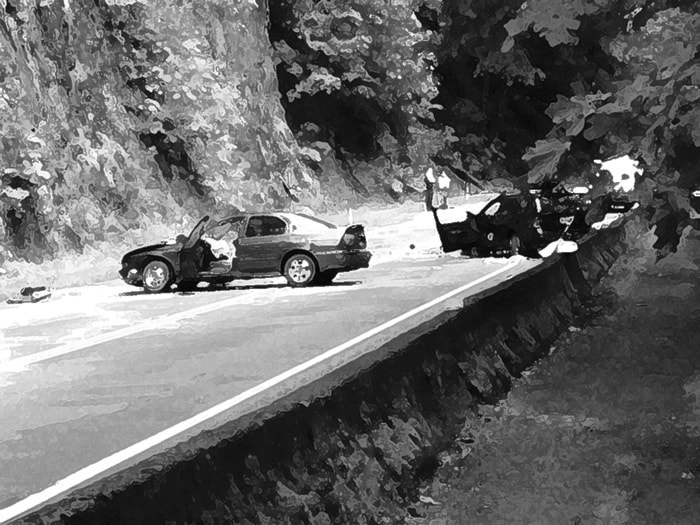If you’re one of those drivers who plows right on through at the posted speed limit or above come rain, sleet, snow or hail, B.C.’s Ministry of Transportation is testing out some technology that’s designed just for you.
Variable speed signs are being installed on sections of the Coquihalla, the Trans-Canada, and the Sea to Sky Highway, as part of a pilot project to help reduce the frequency of weather-related crashes.
The digital signs will be very visible to drivers, and the speed limit will be changed to reflect driving conditions. Overhead message signs at the entrance of each corridor will inform drivers that they are entering a variable speed zone, and to be aware of changing weather conditions.
“These variable speed signs will be a great addition to our community, which is often subject to challenging weather and road conditions that can change rapidly,” said West Vancouver-Sea to Sky MLA Jordan Sturdy.
“These routes are some of the busiest in the region, and having the ability to adjust speed limits to fit weather conditions is an innovative way we can increase safety for all road users.”
But drivers heading over the Malahat between Victoria, the Central Island and points north will have to wait to see if they are going to benefit from the system.
There will be at least two to three months of testing before the systems go live, and then it will have to be determined if the signs actually reduce accidents before the technology might be considered for the Malahat or other regions outside the pilot routes.
“If, as I expect it will, the technology proves itself, and it makes our highways safer in these three pilot locations, then it would be my absolute intention to roll this technology out on other sections of highway in the province,” Transportation Minister Todd Stone said, announcing the pilot program.
“One of the top candidates in my mind would probably be the Malahat, on Vancouver Island, but there’s all kinds of sections of highway like these three pilot locations where this technology I think could make a difference.”
The ministry has invested $12.5 million to install and run the three pilot systems, which are part of the ministry’s $25-million per-year Roadside Safety Program.
